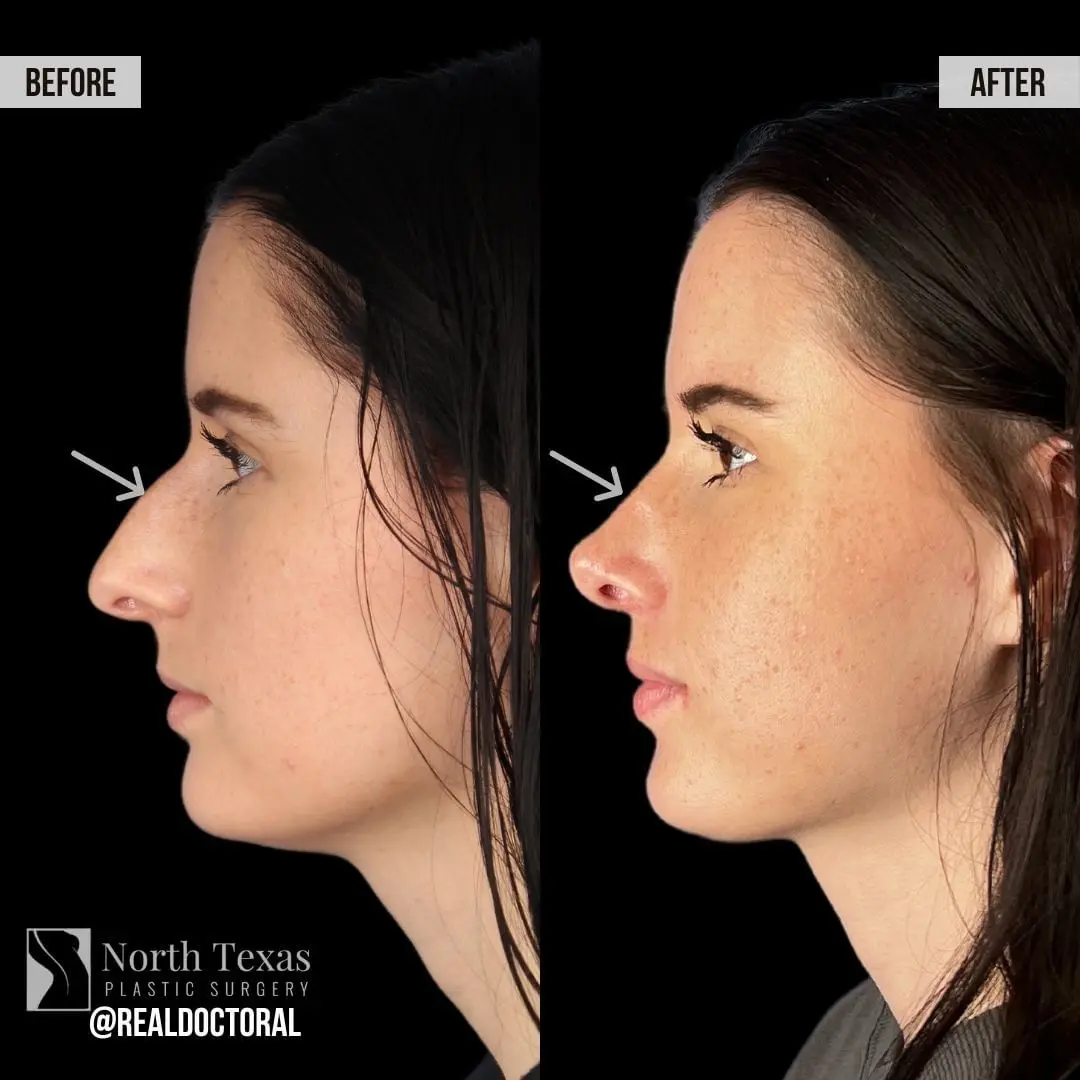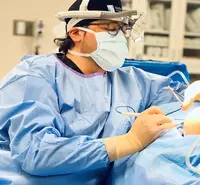Posted: March 16, 2016
Are you unhappy with the shape of your thighs? Are they less toned than they used to be? A body contouring procedure like a thigh lift can help.
The recovery time for a thigh lift may vary depending on whether you opt for an outer thigh lift, an inner thigh lift, or both. In general, however, most people will need to take it easy for the first couple of weeks and can resume normal activities after four to six weeks.
On the Day of Surgery
The thigh lift procedure is usually carried out under a general anesthetic. When you wake up afterwards, you may feel sore in the thigh area when walking. You will be able, in most cases, to go home the same day.
Due to the nature of the thigh lift surgery, you should avoid driving for 10 days after the procedure. If you have a thigh lift, therefore, it’s important that someone is able to pick you up the on the day of surgery to take you home. It’s also good to have someone on hand to help take care of you for the first few days after the procedure.
The First Few Weeks After Thigh Lift Surgery
Dr. Obaid will typically place drains in your incision sites to help fluids drain and to reduce swelling. As well as this, you may be fitted with a compression garment, which typically has to be worn for several weeks. The compression garment helps to protect your incisions and provides support for your body as it heals.
In the first week after surgery, it’s common to experience some pain in the thigh area. You’ll also see swelling and bruising around the incision sites. In most cases, the pain can be managed with oral pain medicine.
One of the most important things to understand about recovery is that it’s vital to be very cautious when moving, particularly during the first two weeks. Because your incisions are in the thigh area, they’re subject to tension and pulling when you sit, stand up, walk, and bend. This means that it’s often necessary to restrict your activity for the first couple of weeks.
Managing the Risk of Blood Clots During Thigh Lift Recovery
It is very important to keep in mind that some level of activity is needed to reduce the risk of blood clots. While high-impact movement is best avoided, there are a couple of measures that can help reduce clot risk:
- Compression stockings
- Calf exercises, such as muscle flexing and heal-toe movements
Calf exercises can be performed while sitting or lying down and don’t put tension on the thigh area, so they won’t affect the healing of your incision.
Ultimately, though, the best way to prevent blood clots is to get up; get walking, and get moving.
Following Your Surgeon’s Advice
Doing this and taking some special precautions will help you recover quickly and safely.
- Minimize movement according to your surgeon’s instructions, and walk or perform exercises as recovery allows, to reduce blood clot risk.
- Take antibiotics and other medications as directed.
- If you have a compression garment wear it 24/7 or as instructed. Most people who wear a compression garment will need it for three to four weeks.
- Try to stick to a low-sodium diet to help reduce swelling, and include plenty of fiber-rich foods to help you avoid straining during bowel movements.
- As you start to resume normal activities, be careful about overdoing it. Watch out for swelling, in particular. If the swelling around your incisions starts to increase, it’s generally a sign that you need to limit your activity level.
- High-impact or strenuous activities such as running and heavy lifting should be avoided for at least six weeks.
- Don’t allow sun exposure to the scars for at least the first three months, to prevent irritation and possible skin discoloration.
Your surgeon may also provide you with some specific care instructions, such as care of your incisions and drains, and when to take medications. Whatever your surgeon’s instructions are, be sure to follow them exactly, to improve your recovery experience and shorten your thigh lift recovery time.
Week One Follow-Up Visit
One week after your procedure, you’ll see your surgeon for a follow-up visit. If any bandages or pads were used, they will be removed, and any drains that were placed in the incisions will also be removed.
This visit provides you with the opportunity to clearly see the results of your procedure. At this point there will still be swelling and bruising, but you should be able to see that there’s a noticeable change in how your thighs look. Most people will find that their thighs already have newer, slimmer silhouettes, even if there is still plenty of swelling in the area.
Additional follow-up visits are not usually needed; however, if you feel unwell, or your incisions show signs of infection, it’s important to see your doctor or surgeon.
One to Two Months after Surgery
By this time, much of the swelling in the thigh area should have gone down, and the incisions will be fully healed. At this point the scars will be quite prominent, however, ranging in color from red to purple. These scars will start to fade after two or three months and are typically placed such that they’re easily hidden beneath underwear and swimsuits.
Most people will be able to resume their normal activity levels by the end of week six, but this depends on the kind of surgery involved, and how well your recovery has proceeded so far. If you’ve been having trouble with swelling, for example, your surgeon may advise you to continue restricting your activity level.
Swelling will continue to reduce over the next several months. It typically takes up to six months for swelling to subside completely.
One Year After a Thigh Lift
By this time, most patients have made a full recovery, with swelling completely gone, and they are enjoying their new, slimmer shape. However, it’s important to understand that the results of a thigh lift are partially dependent on maintaining a stable weight. Further weight loss may lead to more sagging skin, while a weight gain may increase the size of your thighs.
At the one-year mark scarring has faded considerably, although your scars will never disappear completely. The incision scars may continue to fade over time, but this isn’t 100% predictable, and for some people the scars can remain more vivid in color. In general, the better your skin tone and elasticity, the less noticeable your scars will be.
A thigh lift is a great opportunity to improve the look of your limbs and boost your confidence. By paying attention to changes during your thigh lift recovery and your surgeon’s instructions, you’ll be rocking those shorts in no time!
Interested in enhancing the appearance of your whole body with a thigh lift? Call North Texas Plastic Surgery for a consultation!

 March 16, 2016
March 16, 2016





















